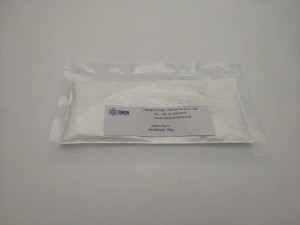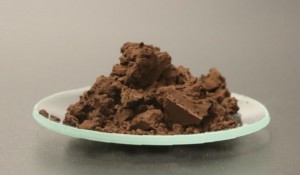According to foreign media magneticsmag – Adamas Intelligence, the latest annual report “2040 Rare Earth Magnet Market Outlook” has been released. This report comprehensively and deeply explores the global market for neodymium iron boron permanent magnets and their rare earth elements.
After a surge in potential demand in 2021, some suppressed demand from the previous year was realized. According to Adamas Intelligence, global consumption of neodymium iron boron magnets in 2022 increased by only 1.9% year-on-year due to global economic headwinds and challenges related to regional pandemics.
Nevertheless, their analysts predict that global demand for neodymium iron boron magnets will grow at a compound annual growth rate of 7.5% from 2023 to 2040, driven by double-digit growth in the electric vehicle and wind power industries, which will translate into increased demand for key rare earth elements contained in magnets such as neodymium, dysprosium, and terbium.
During the same period, they predicted that global production of these elements would grow at a slower compound annual growth rate of 5.2%, as the supply side of the market became increasingly difficult to keep up with rapidly growing demand.
The survey results are as follows:
The market for magnetic rare earth oxides will grow fivefold by 2040: The total consumption of magnetic rare earth oxides is expected to grow at a compound annual growth rate of 5.2% (demand growth rate of 7.0%), and prices are expected to grow at a compound annual growth rate of 3.3% to 5.2%. Adams Intelligence predicts that by 2040, the global consumption value of magnetic rare earth oxides will increase fivefold, from $10.8 billion this year to $56.7 billion by 2040.
It is expected that by 2040, the annual supply of neodymium iron boron will be less than 246000 tons. Due to the increasingly tight supply of magnetic rare earth raw materials, they predict that by 2030, the global shortage of neodymium iron boron alloys and powders will reach 60000 tons per year, and by 2040, it will reach 246000 tons per year, almost equivalent to the total global production of neodymium iron boron alloys and powders last year.
Similarly, due to the lack of new primary and secondary supply sources after 2023, they predict that the global shortage of neodymium oxide (or oxide equivalent) supply will increase to 19000 tons per year by 2030 and 90000 tons per year by 2040, which is roughly equivalent to last year’s global primary and secondary production.
By 2040, the annual shortage of dysprosium oxide and terbium oxide is expected to be 1800 tons and 450 tons, respectively. Similarly, due to the lack of new primary and secondary supply sources after 2023, Adamas Intelligence predicts that by 2040, the global shortage of dysprosium oxide and terbium oxide or oxide equivalents will increase to 1800 tons and 450 tons per year – roughly equivalent to the total global production of each oxide last year.
Post time: May-26-2023

